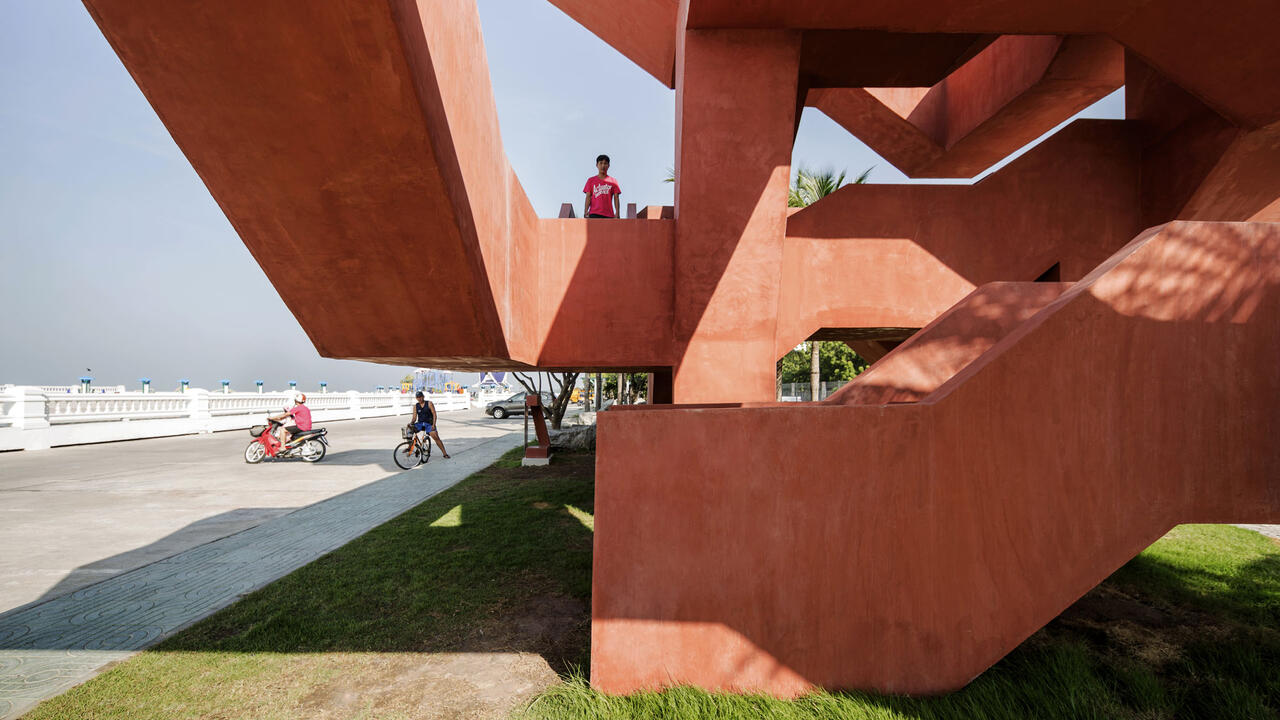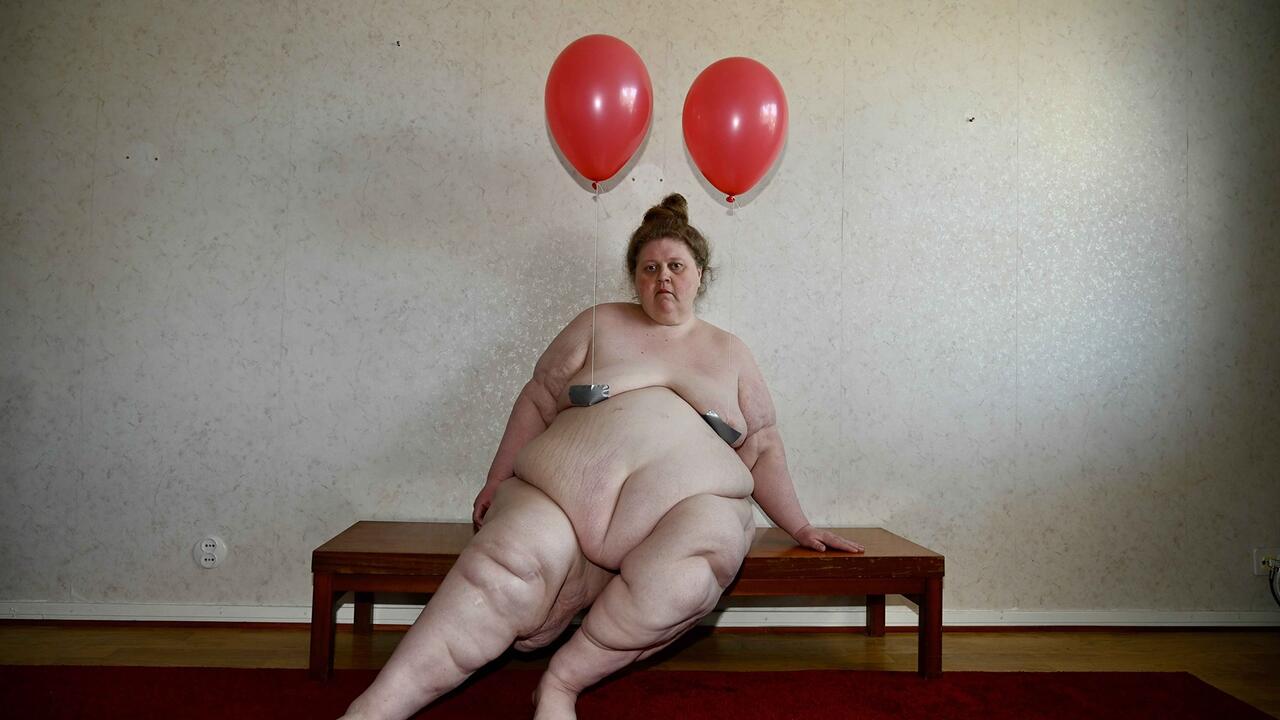Boris Mikhailov
Berlinische Galerie
Berlinische Galerie

Only over the last twenty years has Boris Mikhailov gained recognition in the Western art world. Without a doubt, the belated discovery of the 74-year-old Ukrainian photographer’s work has to do with the collapse of communism and its aftermath. This retrospective reached back further and reveals Mikhailov as an avid chronicler of the time both before and after the fall of communism by presenting works made between 1966 and 2011.
Despite the historical perspective, the exhibition seemed weighed down by some ideological prejudices – albeit from the West. In the catalogue, Berlinische Galerie Director Thomas Köhler writes that ‘in the 1990s [Mikhailov’s] focus was existential, threatening. When the Soviet Union collapsed, he turned to those who had lost out in the social transformation, took their portraits and depicted them in their poverty and despair, the result of the merciless, repressive Soviet political system’. Yet many photographs in the exhibition depicted the effects of a merciless new capitalism on the post-Soviet poor while others challenged a totalitarian view of the Soviet system repressing every aspect of citizens’ lives.
For the series Red (1968–75), Mikhailov obsessively photographed red-coloured fragments: on socks, trams or a babushka’s headscarf. The colour of communism is also found in the mass ornaments of parades, flags and commemorations. Yet Mikhailov seems haunted, not so much by communism, as by the ever-changing world around him. It’s as if he were asking whether ideology were necessarily for picnics, flirtation and sex. Seeing only the ideology behind the colour would be akin to following the official party line; so much more is going on. The focus remains on his oddly exhibitionistic subjects, giving him access to their privacy. We never know if they’re strangers, acquaintances, lovers or relatives.
Whatever the political system, Mikhailov refused to be a passive observer and kept on actively looking. The series Case History (1997–99) and At Dusk (1993) – taken in the artist’s native city of Kharkiv – suggest that the worst happened in the Ukraine after the dissolution of the USSR in 1991, not before. The portraits of the homeless in Case History are harsh and intimate; yet instead of offering condescending views of his subjects, Mikhailov lets them be the way they want to be: grinning, crying, showing off their tattoos or flashing their genitals. At Dusk captures everyday urban scenes, suffused with a lingering blue light: cripples, drunks, old people, ill people, begging, lying face-down on the street, dying.
If I were a German… (1994) initially comes as a relief, although a brief one. In this series, Mikhailov, his wife and friends play out kitschy, S&M pornographic scenes while pretending to be Nazis occupying a Ukrainian village. While campy Nazi imagery is nothing new to fashion photography, Mikhailov offers less-than-perfect versions of the Aryan bodies used in fashion shoots. By adding self-mockery and exhibitionism to this taboo chapter of Germany’s history, Mikhailov only augments the creepiness and power of the photographs. Chic can turn back into horror.














